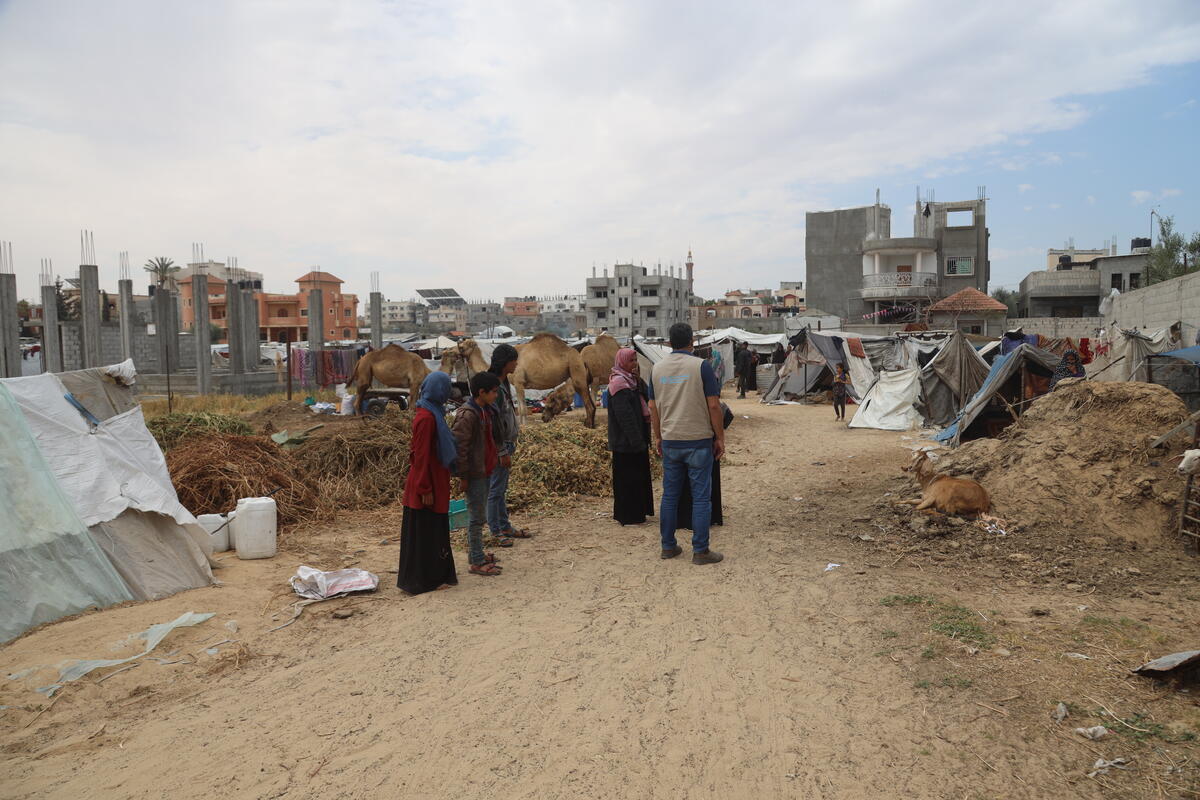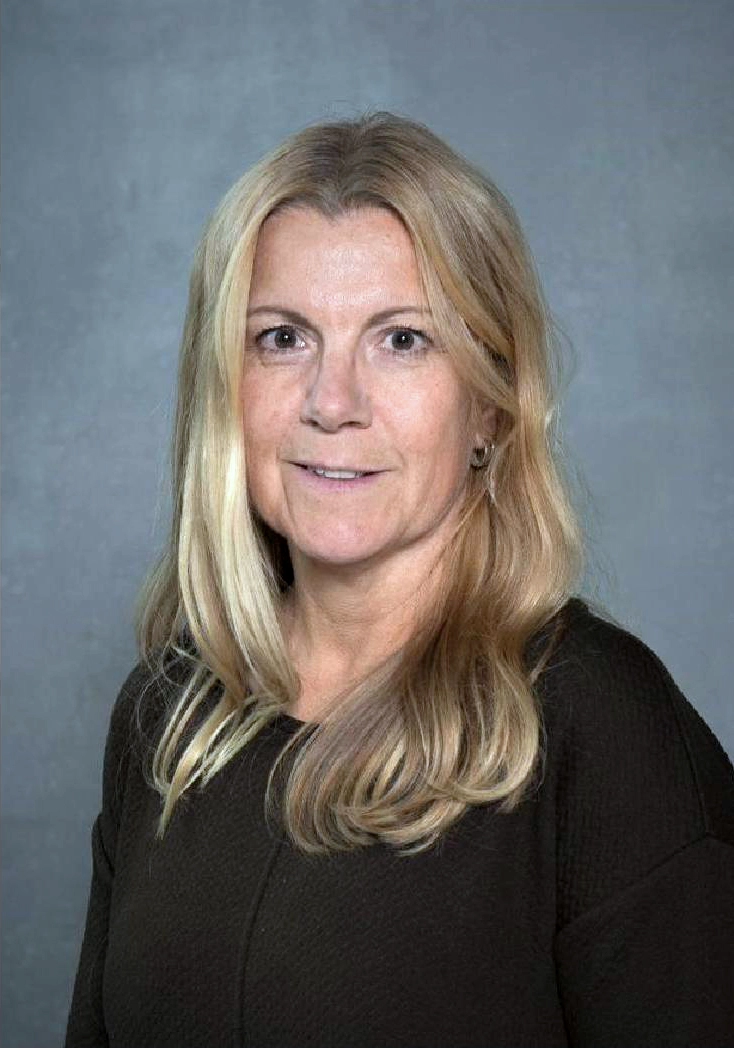Making more out of the recent wet conditions and strengthening the resilience of the Murray-Darling Basin’s ecosystems is the focus of this year’s Annual Basin Environmental Watering Priorities.
An integral part of the Murray-Darling Basin Plan, these Basin-wide priorities identify where water for the environment should be targeted to best protect and restore the health of rivers and wetlands, and the plants and animals they support.
MDBA’s General Manager of Applied Science, Dr Matt Coleman said with more water in rivers and storages now was the time to capitalise on the fantastic fish and bird breeding events that have occurred and set our plants and animals up for even greater success.
“Despite what some may think, now is the perfect time to focus environmental watering in areas of the Basin that have recently benefited from some of the largest natural flows in more than 10 years,” Dr Coleman said.
“By delivering water for the environment at key sites over successive years, including wetter years, we should see an even greater rebound in fish and bird populations. That’s because they need a few good seasons in a row to nest, breed and grow their young.
“For the first time in 20 years, we’ve seen large waterbird breeding events occur concurrently at the Macquarie Marshes, the Gwydir, Narran Lakes, Low Bidgee and Lachlan wetlands throughout late summer and autumn.
“We’ve also seen strong vegetation growth, including at the Coorong, the breeding of native fish such as golden perch in the northern Basin, and the dispersal of fish from the Menindee Lakes down into the Murray.
“We can achieve even more with further watering.
“In the year ahead, water for the environment will be key to ensuring the good conditions continue to provide food and shelter to support all the newly fledged waterbirds, young fish and recovering wetland plants.
“Capitalising on the gains now means we are positioning these plants and animals well for the next dry period, which we know is always just around the corner.”
Dr Coleman said a focus of this year’s water for the environment priorities would also remain on drier catchments in the southern Basin, though without constraints relaxation – a fundamental part of the Basin Plan – it was difficult to get the water out of the river channel to connect with the floodplains and wetlands as intended by the Basin Plan.
“It’s vital that the SDLAM projects are completed, as they’ll enable us to achieve the great environmental outcomes in the southern Basin that were envisaged in the Basin Plan.
“Once these SDLAM projects are in place, we will see a step change in the health of our rivers, floodplains and wetlands, but without constraints relaxation, river managers will be limited in what they can do to water floodplains and wetlands in the southern Basin.
“In those drier parts of the southern Basin, water for the environment will continue to support drought recovery where it’s feasible,” Dr Coleman said.
In preparing the priorities for each water year, the MDBA collaborates with state and federal agencies, environmental water holders, First Nations and communities, and looks at natural weather events, irrigation demands, the health of native vegetation, birds and fish, the availability of water in the system, and more.








